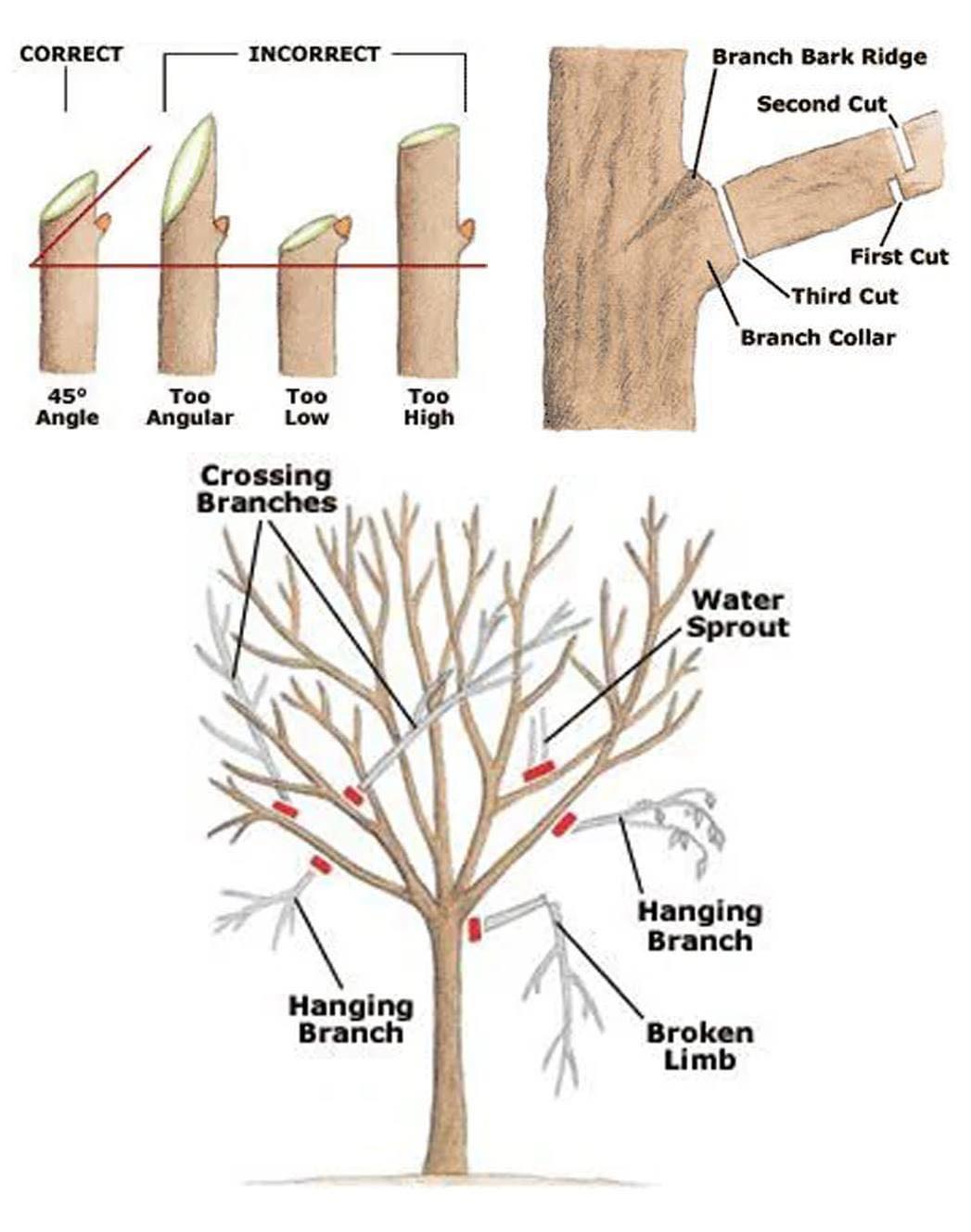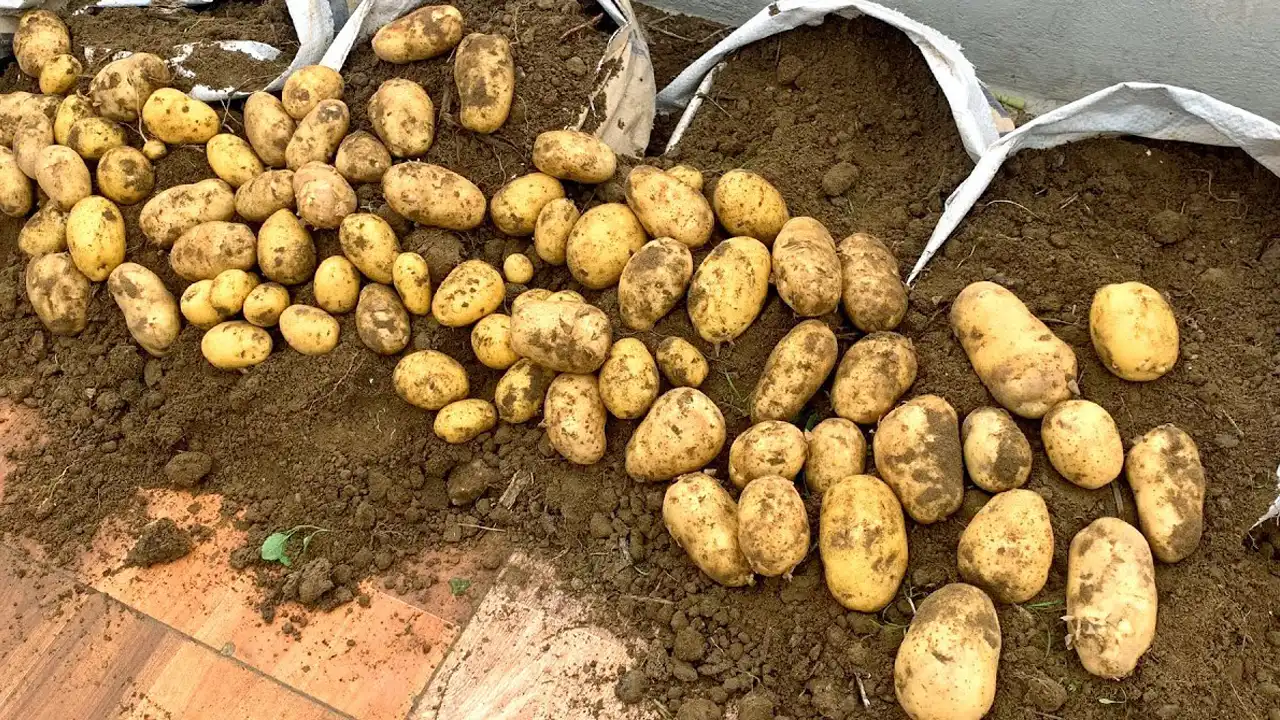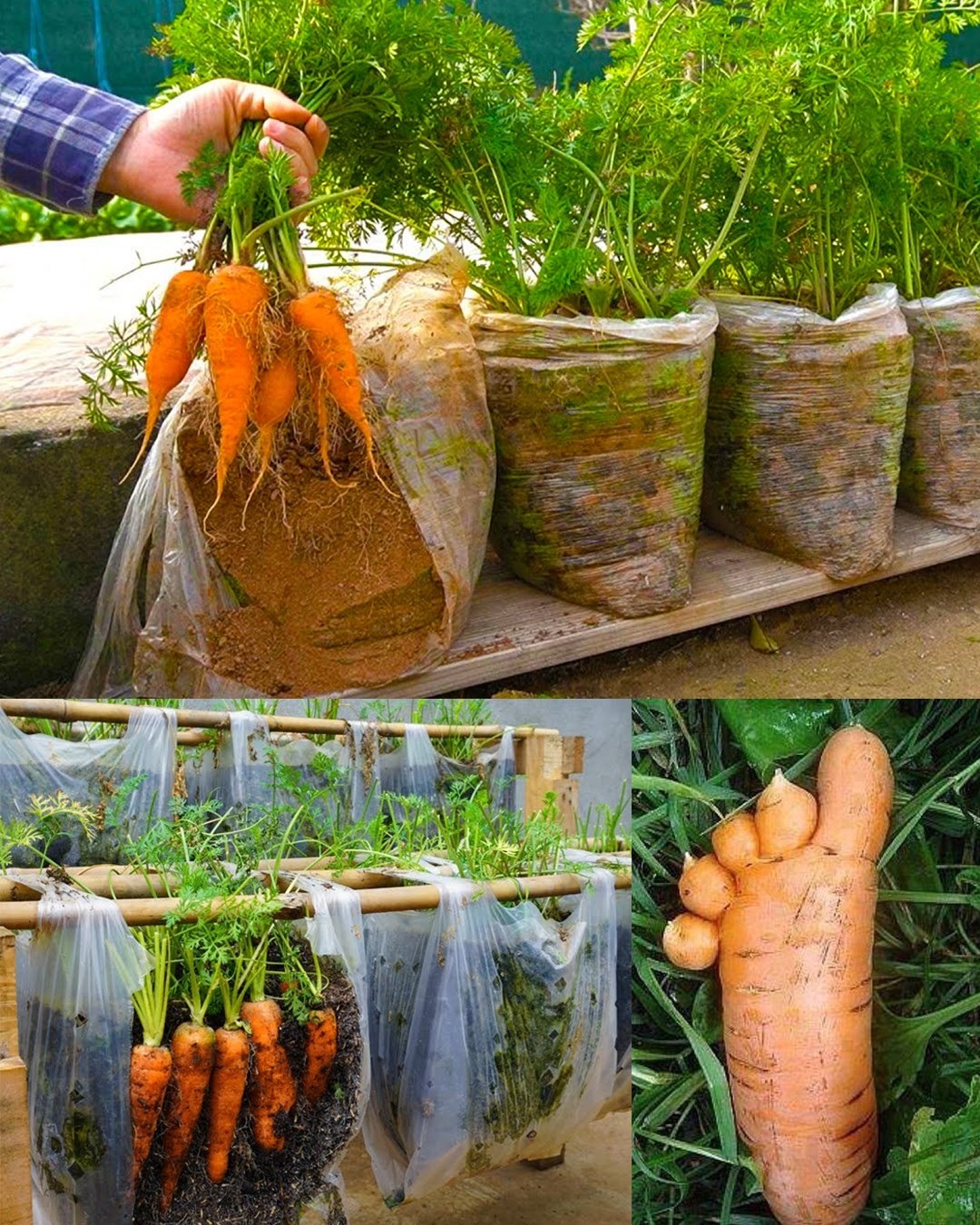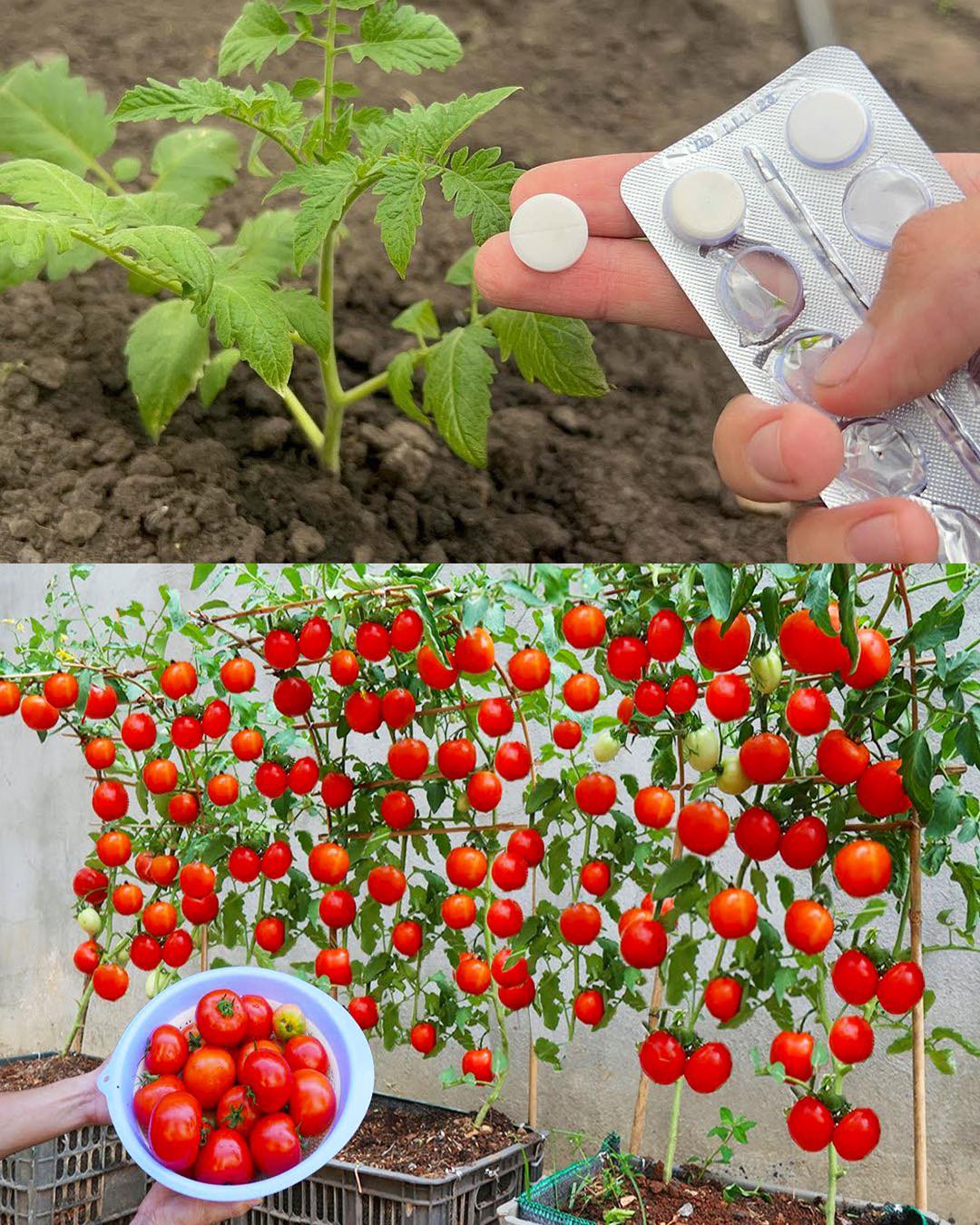Pruning is essential in gardening for maintaining the health and structure of trees and shrubs. It’s a blend of art and science, requiring skill in making cuts and understanding the biology of plants for effective results.

Understanding Growth Buds
- Apical Dominance: Plants grow primarily from the terminal or apex bud, suppressing the growth of lateral buds. This dominance varies across species and affects the number and length of lateral shoots.
- Growth Patterns: The orientation of limbs affects apical dominance. Vertical limbs have strong apical dominance with vigorous growth near the terminal bud. Lateral branches at 45° to 60° angles see reduced apical dominance, leading to more lateral growth. Horizontal limbs lose apical dominance entirely, often resulting in water sprouts.
Removing Heavy Branches
- Cut From Below: To remove large branches, start with an undercut to prevent bark tearing.
- Cut the Branch Top: Make a top cut outside the first cut to remove the branch.
- Cut to the Branch Collar: Finalize by cutting close to the branch collar, avoiding damage to it for optimal healing.
General Pruning Process
- Timing: Prune during dormancy in winter or early spring. Prune flowering shrubs after blooming to avoid cutting off next season’s buds.
- Evergreens and Fruit Trees: Prune evergreens in early spring. Fruit trees should be pruned to open up the crown for better light penetration and fruit production.
- Roses: Prune in spring, cutting back to healthy, live wood just above an outward-facing bud.
Pruning Techniques
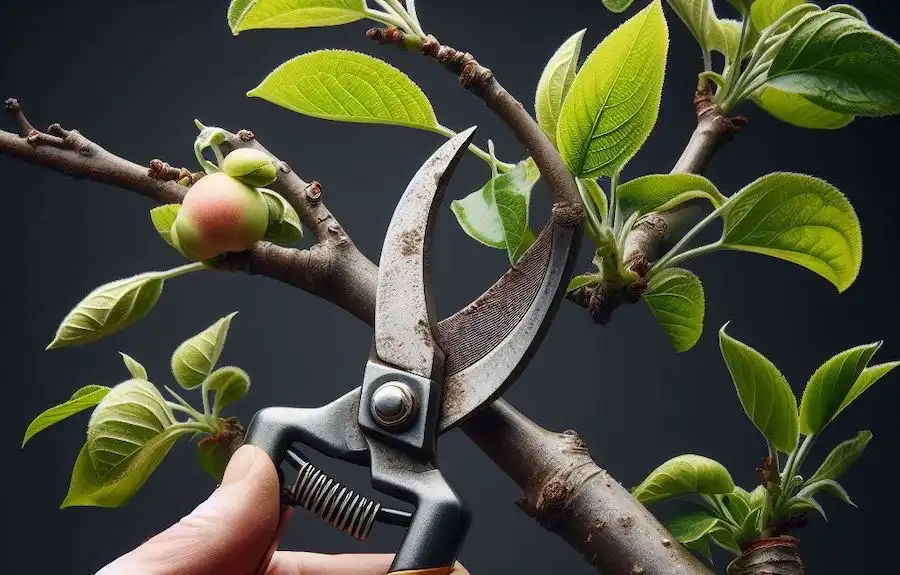
- Thinning: Removes entire shoots to their origin, maintaining apical dominance and encouraging growth at undisturbed shoot tips.
- Water Sprouts and Suckers: Remove water sprouts and suckers to prevent energy drain and to guide growth.
- Renewal Pruning: Aim for air circulation and light penetration. Older trees benefit from pruning for new growth.
- Crotches and Angles: Remove limbs with narrow-angled crotches as they are weaker and prone to damage.
Healing and Regrowth
- Healing: Pruning leads to healing starting in the cambium layer. For faster healing, prune close to the main branch without injuring the bark ridge or branch collar.
- Regrowth: Pruning stimulates regrowth near the cut. More severe pruning results in greater regrowth as the plant tries to restore balance between the top and the root system.
In summary, pruning trees and shrubs is not just about cutting back growth but understanding the plant’s biology and growth patterns. Proper pruning encourages healthy growth, enhances the plant’s aesthetic, and prevents disease and damage.


